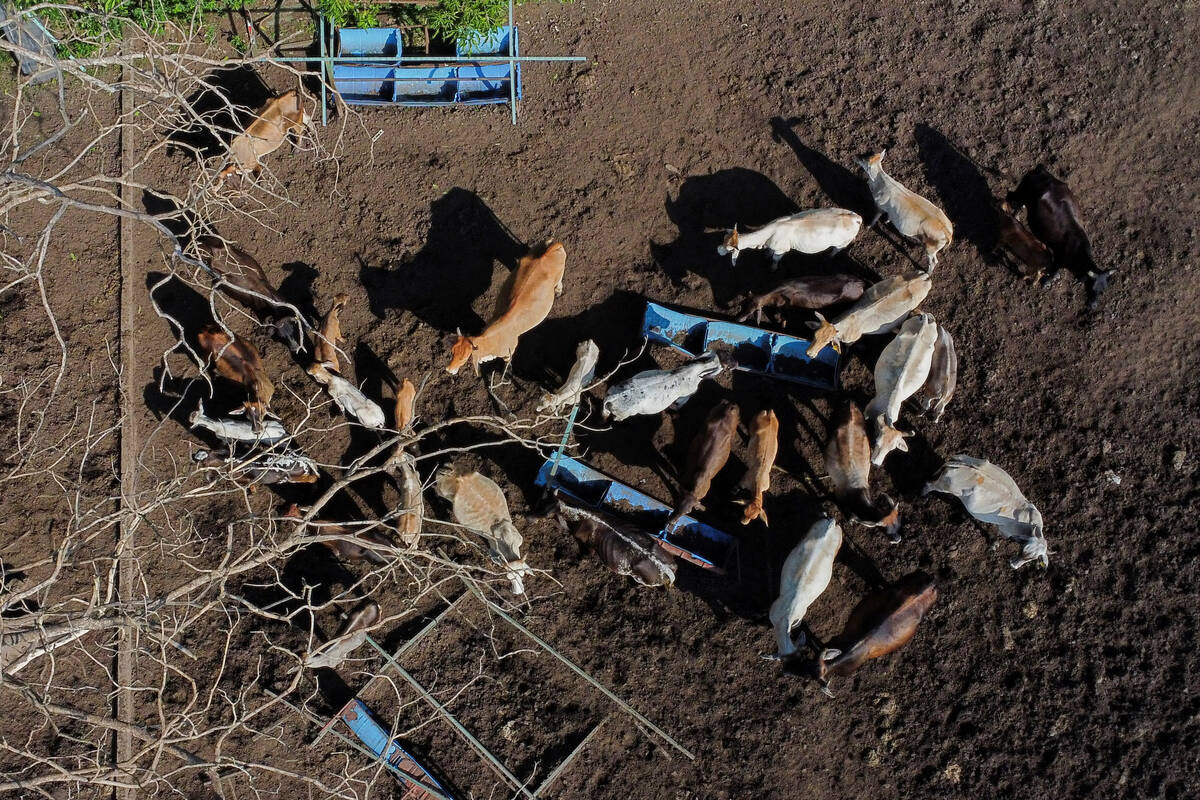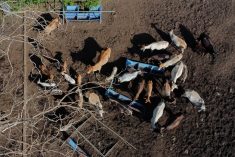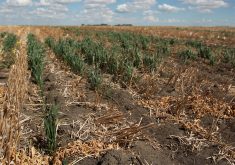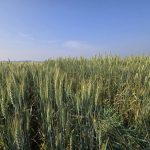When the Codex Committee on Food Additives and Contaminants meets next year in the Netherlands, it will discuss what levels of vomitoxin should be acceptable in cereal grains.
What will that mean to prairie farmers? No one knows.
However, the discussions of the Codex committee are important, because vomitoxin can be produced by fusarium, especially fusarium graminearum, the species that has plagued cereal growers on the eastern Prairies for most of the past decade. Vomitoxin is also known as deoxynivalenol, or DON.
The Codex committee eventually could establish international guidelines on what levels of DON are acceptable in both grains and processed food. The guidelines would not be imposed on countries but could have a bearing on the grading tolerances used for fusarium-damaged grain in Canada.
Read Also

Cattle smuggling worsens outbreak in Mexico
Cattle being smuggled across Mexio’s southern border are making a screworm outbreak much more difficult to control.
“Many countries generally tend to adopt Codex limits,” said John Salminen, chief of chemical health hazard assessment for Health Canada’s food directorate. “Under the World Trade Organization, they would be the final point of arbitration if there’s any dispute.”
There is no definite time when the Codex committee might come up with guidelines for DON. Some experts suggest it might take years. Once the guidelines are established, Health Canada would review them to decide whether they should be applied in Canada. Health Canada’s main concern is protecting human health.
DON can be toxic and humans have a low consumption tolerance, Salminen said.
“From a health and safety perspective, it’s important we control the level (of vomitoxin) at the level of consumption.”
Part of the control might be directed at raw grain because infected cereal crops can affect vomitoxin levels in food made from those grains. That is why grading tolerances for fusarium-damaged grain might eventually be adjusted.
“We want to make sure that any levels we set are protective of human health,” Salminen said, noting that the grain industry would be included in the discussion.
The Canadian Grain Commission already has tolerances for fusarium-damaged kernels but they have no relationship to the tolerances being discussed by the Codex committee.
CGC spokesperson Paul Graham said it is too early to predict whether Codex tolerances for DON will affect Canadian producers. The commission suspects it will be a long time before official tolerances are established.
“If significant progress is made on fusarium resistance through plant breeding, by the time Codex develops official tolerances, fusarium head blight, and consequently DON, may not even be issues anymore,” Graham said.
The Canadian government has guidelines for DON that apply only to the soft wheats grown in Eastern Canada. However, tolerance levels are used by the prairie grain industry to help satisfy customer demands.
“They’re concerned not only about the food safety aspect of it, but also the functionality in their mills,” said Patty Rosher of the Canadian Wheat Board.
The wheat board sells prairie wheat to 70 countries. Blending it to satisfy customers becomes more difficult in years when eastern prairie crops are severely infected with fusarium head blight.
Although it may take a long time for the Codex committee to issue official tolerance guidelines, Rosher said it could also take a long time to get the fusarium-resistant wheat varieties that growers need.
“I think there are gains being made, but we are concerned that tolerances such as this one are going to get tighter and tighter.”
The Codex guidelines will need to be practical, achievable and science-based, she said.
“If there is an actual food safety issue, the tolerance level should be based on that. Then, it can’t be used as an arbitrary trade restriction.”














